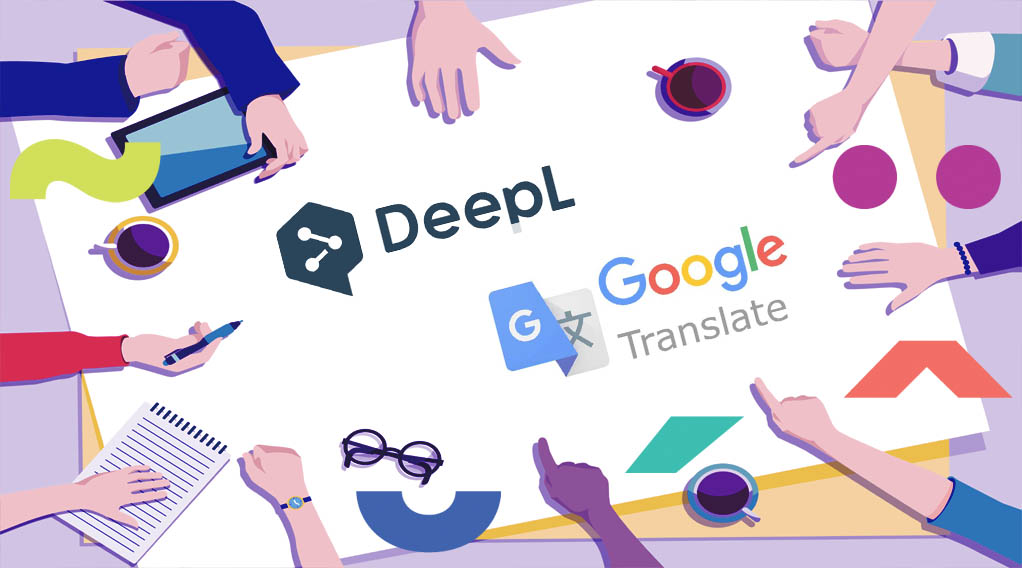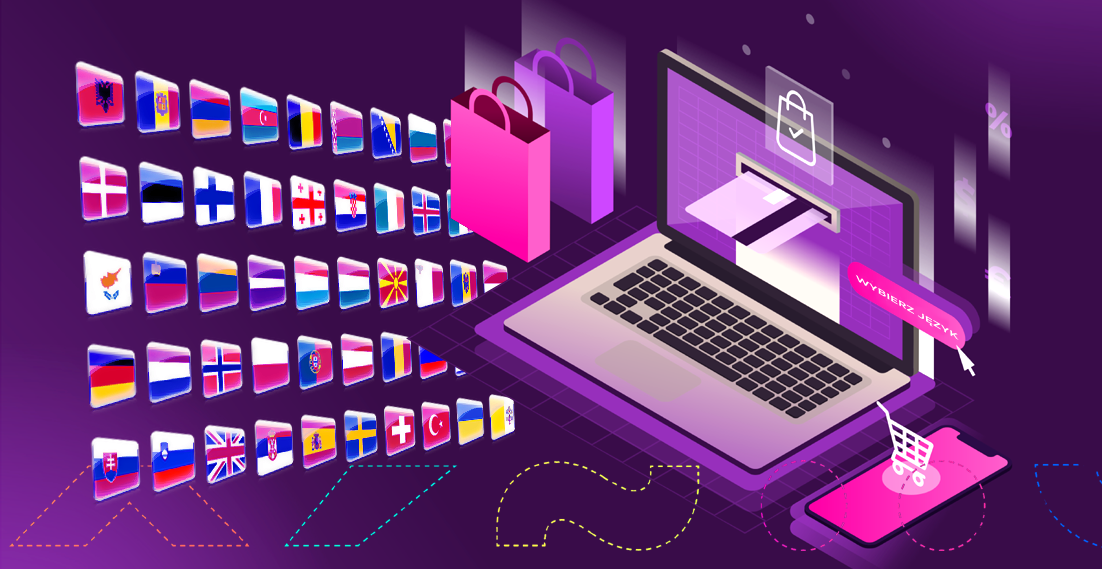Blockchain in the world of translation

The future of technology has a new name: Blockchain. What does this term actually mean? Blockchain is based on a distributed database. Users exchange data between one another, and each modification of such data requires authorisation and consent of all users. How? Data is formed into blocks. When content of a block is changed, a new updated block is added to the previous one. This way, a chain of encrypted data put in chronological order is created. The data may not be modified without consent of Blockchain users. This means that the database does not depend only on one user but on all users of the system, which makes it safer.
Until recently, Blockchain was primarily associated with Bitcoin or cryptocurrency in general. In this case, each chain block contained commercial transactions sent from one Bitcoin portfolio to another one. This way, the flow of money was not controlled by a central bank as in the case of traditional currencies. Nevertheless, Blockchain may be applied in several dozen ways. Some of them include uses in online translation of texts from one language to another.
Blockchain in the world of online translation
One of the possible uses of Blockchain is to track the process of translation within the scope of providing online translation services. When a user sends a document for translation, different people work on such a project, like translators or proofreaders, etc. Thanks to the use of Blockchain in the process of translation, a user has the possibility of monitoring the progress of translation, and consequently controlling particular stages of it, e.g. correcting any possible mistakes and suggesting adjustments. In this case, each block in the chain would contain data associated with the translated file. At each stage, from the initial translation to the final editing, any time a change is introduced that causes modification of the translation, a new block is added, updated with new data provided by the person who worked on the translation. A user who ordered the translation, i.e. the owner of the encryption key, has access to all blocks in the chain so that they can contact the translator in order to improve the quality of the work.
The above example is only one of the possible methods of using Blockchain in the industry of online translation services. Another example is the use of payment methods based on cryptocurrencies in order to manage translators’ remuneration. For instance, independent translators living in developing countries, where online payments such as PayPal are unavailable, could receive remuneration in cryptocurrencies. This would convert into new opportunities of employment and earning money.
Blockchain may also be used when working with a translation memory, i.e. a database created by professional translators containing segments with sentences translated into different languages, which can be used later with new translation projects. Thanks to Blockchain, different translation memories may be combined so that the system of neural translation similar to the one used by Google Translate, could choose the required part of translation from the database, while applying remuneration to its author. As you can see, when talking about Blockchain, we are also talking about the future. Will it be possible to implement it into daily lives of people? Time will tell.
Going global with your business? We will do the translations!
Recognising text in an image – OCR software for Translators
When working on translations, you often face the problem with text recognition in graphical file. Some documents for translation are provided as scans, in non-editable graphical formats, usually as a .jpg, .png or .pdf file. Rewriting text manually is time-consuming. However, there are solutions that will make your work easier. Optical character recognition (OCR) software […]
How to translate an e-store into several language versions and what should you keep in mind when doing so? – everything you need to know about a multistore
More and more entrepreneurs decide to start online sales. The e-commerce market has been developing at a very fast pace. It is also worth mentioning that multistore-based solutions are gaining popularity. Multistore involves combining several stores in one intuitive panel.
Translation memory – why should all companies have one?
Do you outsource a lot of content to be translated? Perhaps your employees prepare translations and your documents include plenty of terminology characteristic for your industry? If the above sounds familiar, here’s another question: Does your company have its own translation memories? If you answered no, this article is for you. Let us explain and […]
Translation of an online shop
You sell products through an online shop, order products on manufacturers’ website or advertise your offer in social media – examples of similar activities can be multiplied. What they have in common is e-commerce – a number of actions leading to completing a transaction with a customer via the internet. Due to this medium, you […]



